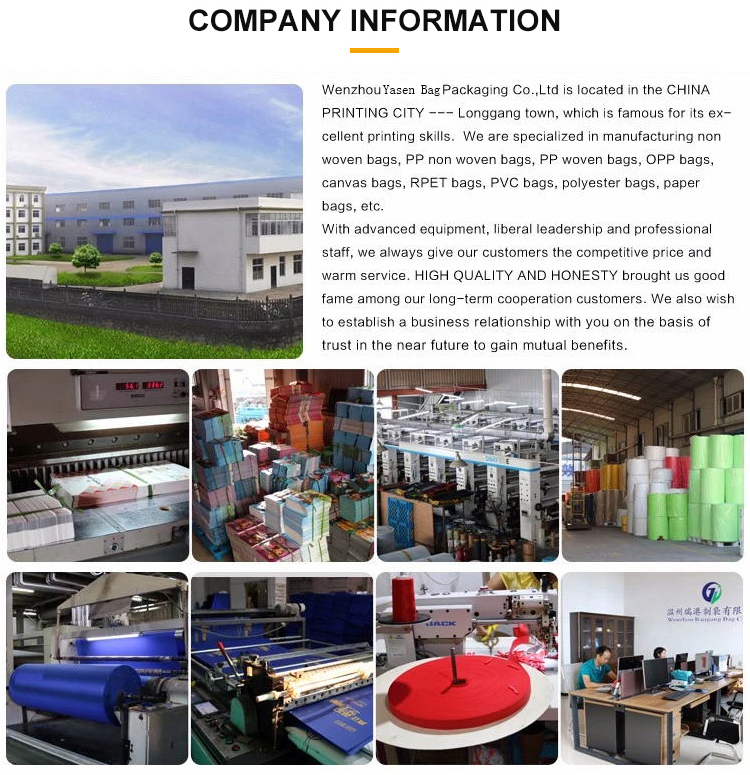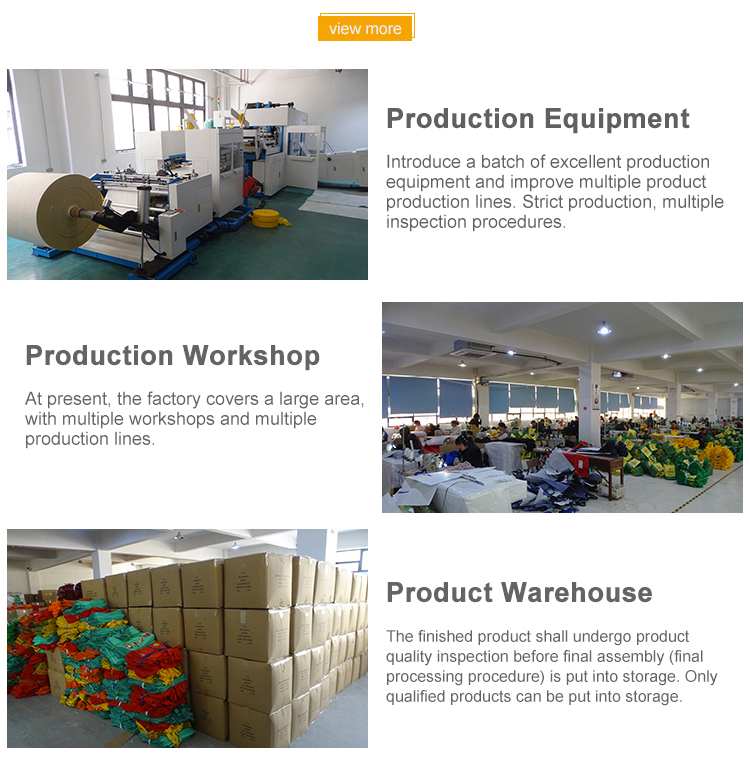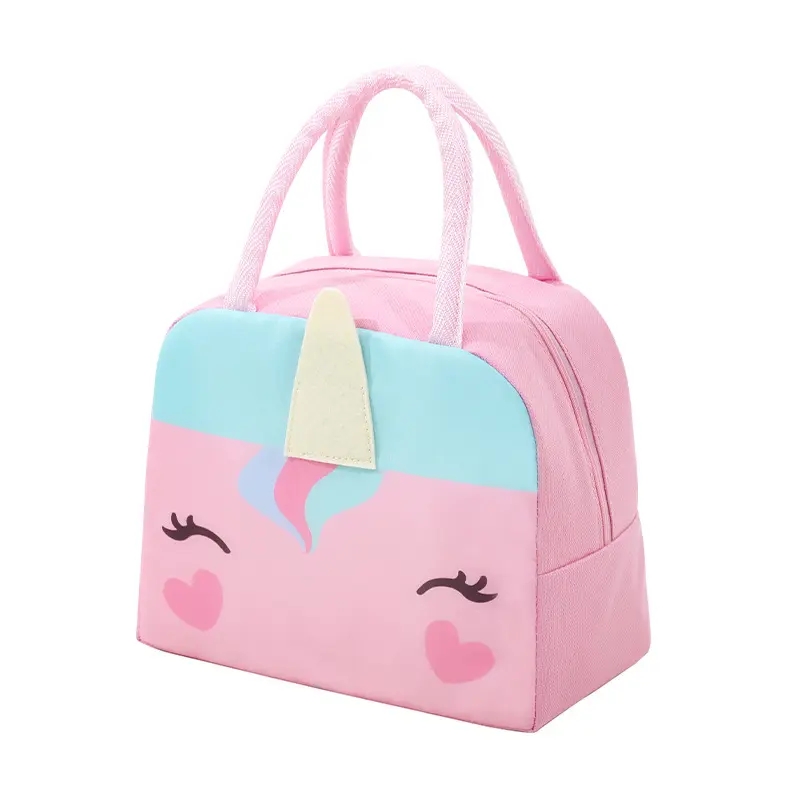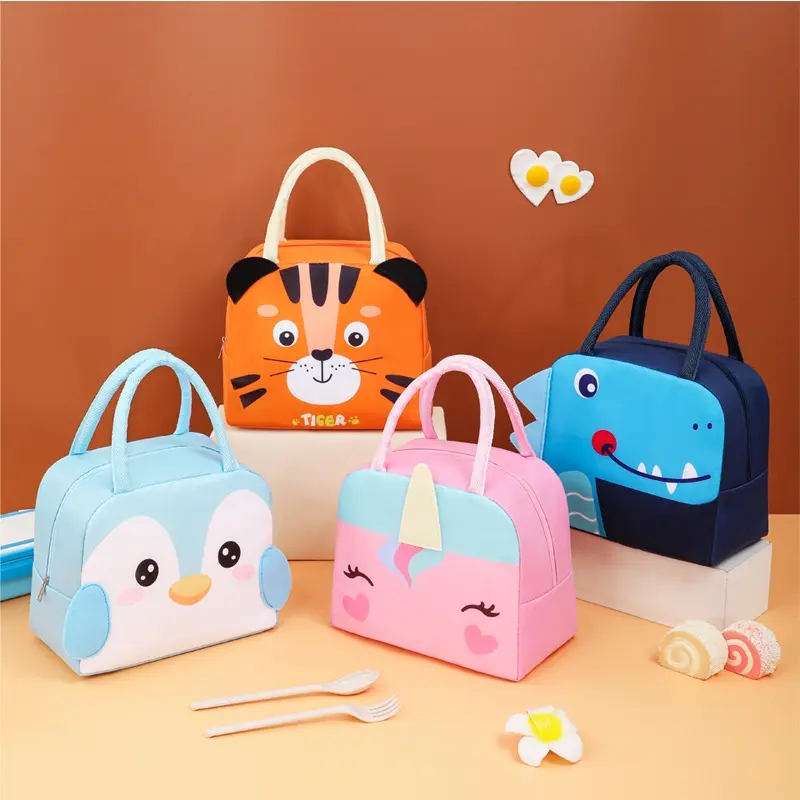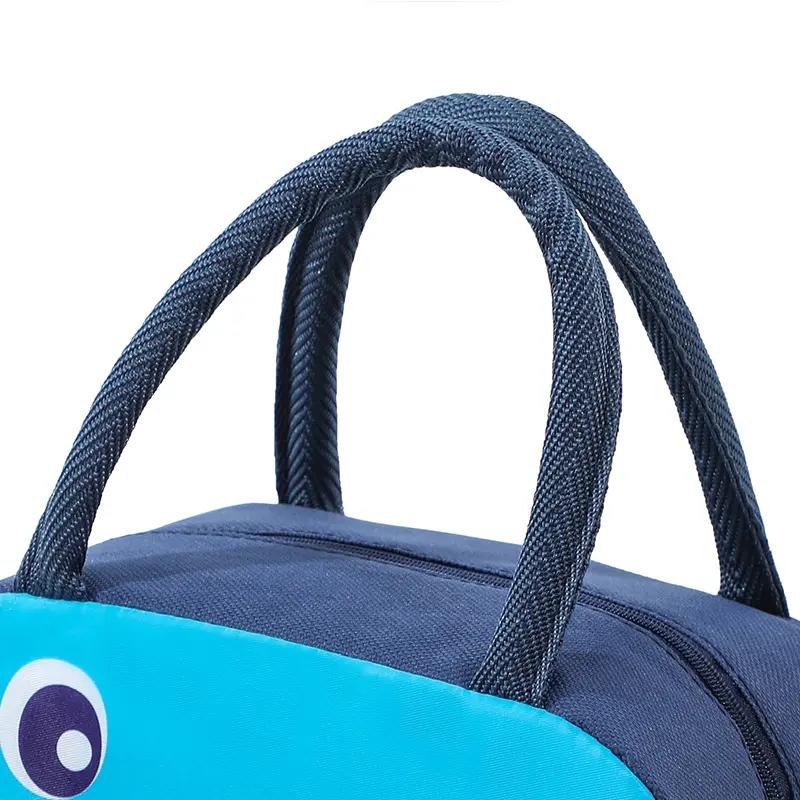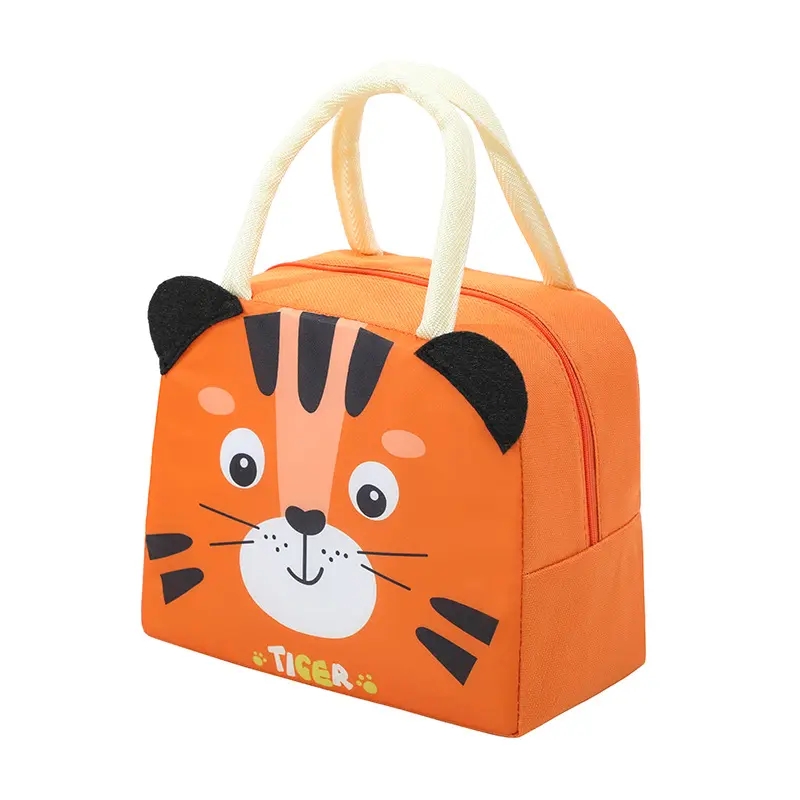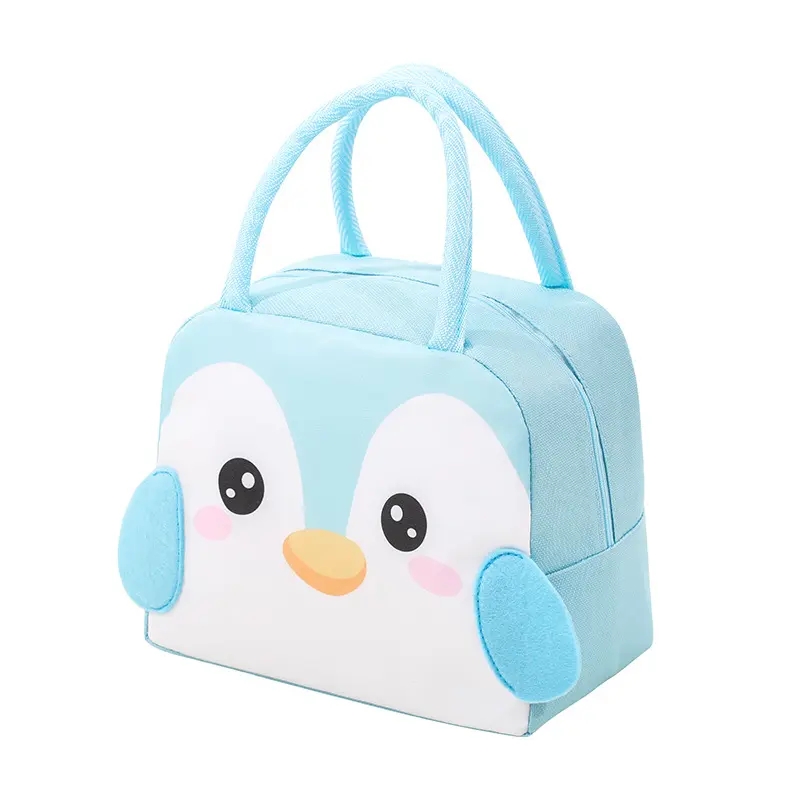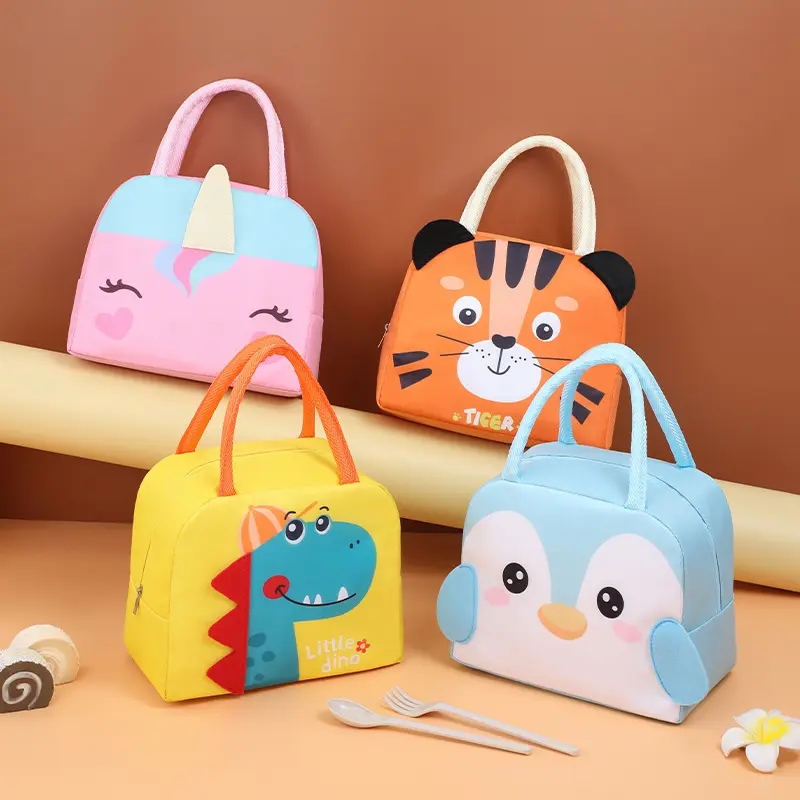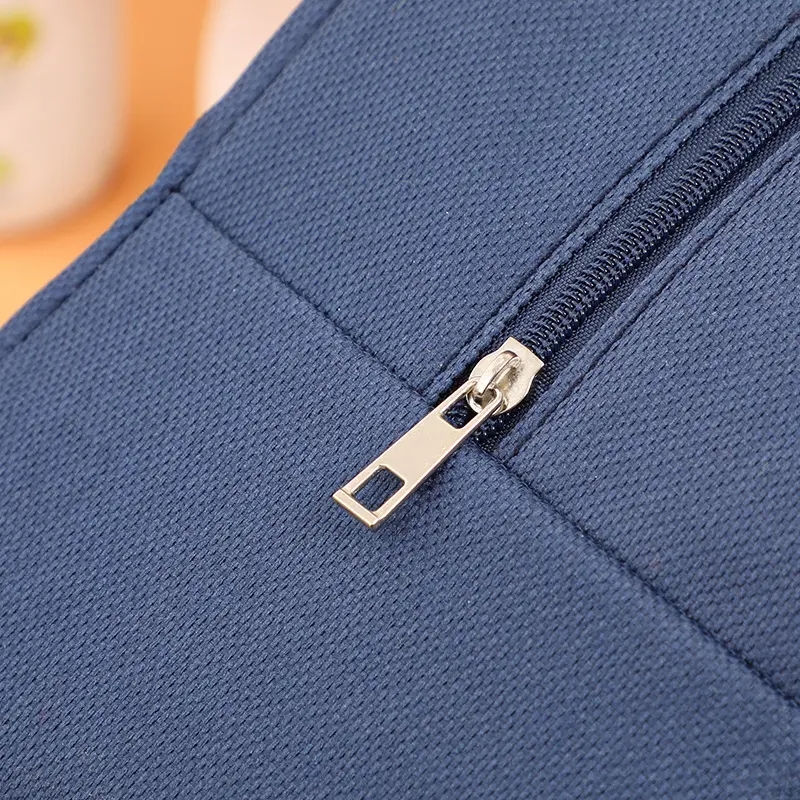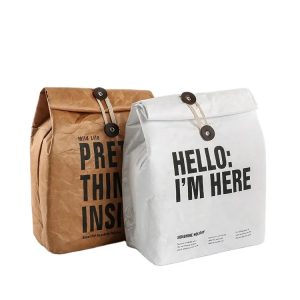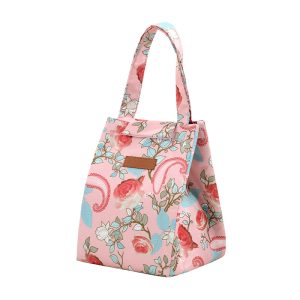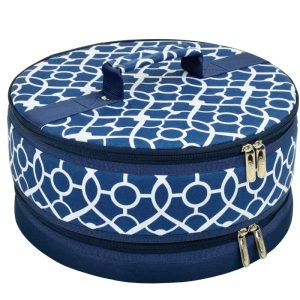Insulation bags, also known as insulated bags or thermal bags, are designed to keep the temperature of their contents either hot or cold, depending on the intended use. These bags offer several benefits across various applications:
- Temperature Regulation: The primary benefit of insulation bags is their ability to maintain the temperature of the items inside. They can keep food and beverages hot or cold for extended periods, which is particularly useful for transporting perishable items, groceries, or meals.
- Food Safety: Insulation bags help ensure that perishable foods remain at safe temperatures during transportation. This is especially important for preventing bacterial growth and foodborne illnesses that can occur if foods are kept at improper temperatures.
- Convenience: Insulated bags are convenient for carrying meals, snacks, and drinks when you’re on the go. They are commonly used for picnics, road trips, hiking, and commuting.
- Reduced Energy Consumption: Insulated bags can also be used for grocery shopping to keep perishable items cold on the way home. This can help reduce the need for refrigerated transport and minimize energy consumption.
- Cost Savings: When used to transport food, insulated bags can save money on dining out by allowing you to bring your own meals. They are also beneficial for keeping food warm or cold during lunch breaks, eliminating the need for microwave or refrigerator access.
- Environmental Impact: By using insulated bags, you can reduce the need for single-use containers and packaging materials, which can help minimize waste and contribute to a more sustainable lifestyle.
- Versatility: Insulated bags come in various shapes and sizes, making them suitable for carrying a wide range of items, including beverages, groceries, medications, baby food, and more.
- Protection of Temperature-Sensitive Items: Insulated bags can also be used to transport temperature-sensitive items like medications that need to be kept within a specific temperature range.
- Extended Outdoor Activities: For outdoor enthusiasts, insulated bags can be used to keep food and beverages at the desired temperature during activities such as camping, fishing, and sports events.
- Marketing and Branding: In the business context, companies often use customized insulated bags as promotional items or as part of their branding efforts. These bags can be given away at events or as corporate gifts.
- Transporting Fragile Items: Insulated bags with padding can provide a protective layer for delicate or fragile items that need to be transported safely.
- Aesthetic Appeal: Insulated bags are available in a variety of designs and styles, allowing you to choose options that match your personal preferences or brand image.
- Less Condensation: Insulated bags can help reduce condensation on the exterior, which is beneficial for preventing moisture from affecting other items or surfaces.
Overall, insulation bags offer a versatile solution for maintaining temperature-sensitive items and can enhance convenience, food safety, and cost-effectiveness in various situations.
Insulation bags are designed to keep items at a specific temperature, whether hot or cold. They are commonly used for transporting food, medicines, and other temperature-sensitive items. Packaging methods for insulation bags typically involve materials and techniques that provide thermal insulation to maintain the desired temperature. Here are some common packaging methods for insulation bags:
- Outer Material: The outer layer of insulation bags is typically made from durable and water-resistant materials to protect the contents from external elements. Common materials include polyester, nylon, and various synthetic fabrics.
- Insulation Layer: The insulation layer is responsible for maintaining the temperature of the contents. Common insulation materials include:
- Foam: Closed-cell foam or expanded polyethylene (EPE) foam is often used due to its insulating properties and lightweight nature.
- Thermal Reflective Material: Sheets of materials with reflective surfaces, like aluminum foil, are sometimes used to reflect heat and maintain temperature.
- Insulated Foil Bubble Wrap: This consists of a layer of foil and a layer of air-filled bubbles, providing both thermal and cushioning properties.
- Inner Lining: The inner lining of the insulation bag is usually made from a food-safe, easy-to-clean, and moisture-resistant material to keep the contents insulated and protected. It prevents moisture from entering or escaping the bag.
- Sealing Mechanism: To maintain temperature, insulation bags need to be sealed properly. Common sealing mechanisms include:
- Zippers: Durable zippers with fabric flaps can create a secure seal.
- Velcro Strips: Velcro closures can be used to create a temporary seal.
- Snap Buttons: These provide a quick way to secure the bag’s opening.
- Drawstrings: Cinching the opening with drawstrings can help seal the bag.
- Handles and Straps: Insulation bags often come with handles or straps for easy carrying. These can be made from the same material as the bag or from reinforced materials like nylon webbing.
- Pockets and Compartments: Some insulation bags have additional pockets or compartments for storing utensils, condiments, or other small items.
- Adjustable Dividers: In larger insulation bags, adjustable dividers can help organize and separate items, preventing them from coming into direct contact and affecting temperature stability.
- Customization: Insulation bags can be customized with branding, logos, and other design elements, making them suitable for promotional purposes or as part of a company’s marketing strategy.
- Closure Flaps and Covers: Some insulation bags have an extra layer of fabric or insulation that covers the main opening, providing additional protection against heat transfer.
- Collapsible and Foldable Design: Some insulation bags are designed to be collapsible or foldable, allowing for easy storage when not in use.
The choice of packaging methods depends on the intended use, required insulation properties, durability, and design preferences of the insulation bag.
- Temperature Regulation: Insulation bags are designed to keep contents at a specific temperature, whether hot or cold. This makes them ideal for transporting food, beverages, medicines, and other temperature-sensitive items without compromising their quality.
- Versatility: Insulation bags are versatile and can be used in a wide range of settings, such as picnics, camping trips, grocery shopping, food delivery, catering events, and medical transport of temperature-sensitive drugs.
- Preservation of Freshness: Insulation bags help maintain the freshness of perishable items, preventing them from spoiling due to temperature fluctuations. This is particularly important for maintaining food safety and quality.
- Convenience: Insulation bags provide a convenient way to transport items while keeping them at the desired temperature. They often come with handles, straps, and easy-to-use closures, making them user-friendly and suitable for on-the-go use.
- Cost Savings: Using insulation bags can help reduce the need for expensive temperature-controlled packaging or refrigerated transportation methods. This can lead to cost savings, especially for businesses involved in food delivery or medical transport.
- Reduced Environmental Impact: Insulation bags can help reduce the use of single-use packaging and disposable containers. By using insulation bags, fewer disposable items are needed, contributing to a decrease in plastic waste.
- Extended Holding Time: High-quality insulation bags with effective insulation materials can keep contents at the desired temperature for extended periods. This is useful for situations where items need to be stored or transported over longer distances.
- Protection Against External Factors: Insulation bags provide protection against external factors such as sunlight, rain, and wind, which can impact the temperature of the contents. This is particularly important when transporting items that are sensitive to heat or cold.
- Customization and Branding: Insulation bags can be customized with branding, logos, and designs, allowing businesses to create a cohesive and professional image. This can enhance the overall presentation of products and services.
- Health and Safety: Insulation bags are commonly used for transporting perishable foods, ensuring that they remain within safe temperature ranges to prevent bacterial growth and foodborne illnesses.
- Ease of Cleaning: Many insulation bags come with easy-to-clean and moisture-resistant inner linings, making it simple to maintain hygiene and cleanliness.
- Reusable: Most insulation bags are designed for multiple uses, making them environmentally friendly and cost-effective in the long run.
- Regulatory Compliance: Insulation bags can help businesses comply with food safety regulations and guidelines that require maintaining specific temperature ranges during transportation.
- Variety of Sizes and Designs: Insulation bags are available in various sizes and designs to cater to different needs, whether it’s a small lunch bag or a larger catering bag.
Overall, insulation bags offer a practical solution for maintaining temperature-sensitive items while providing convenience, cost savings, and environmental benefits.
